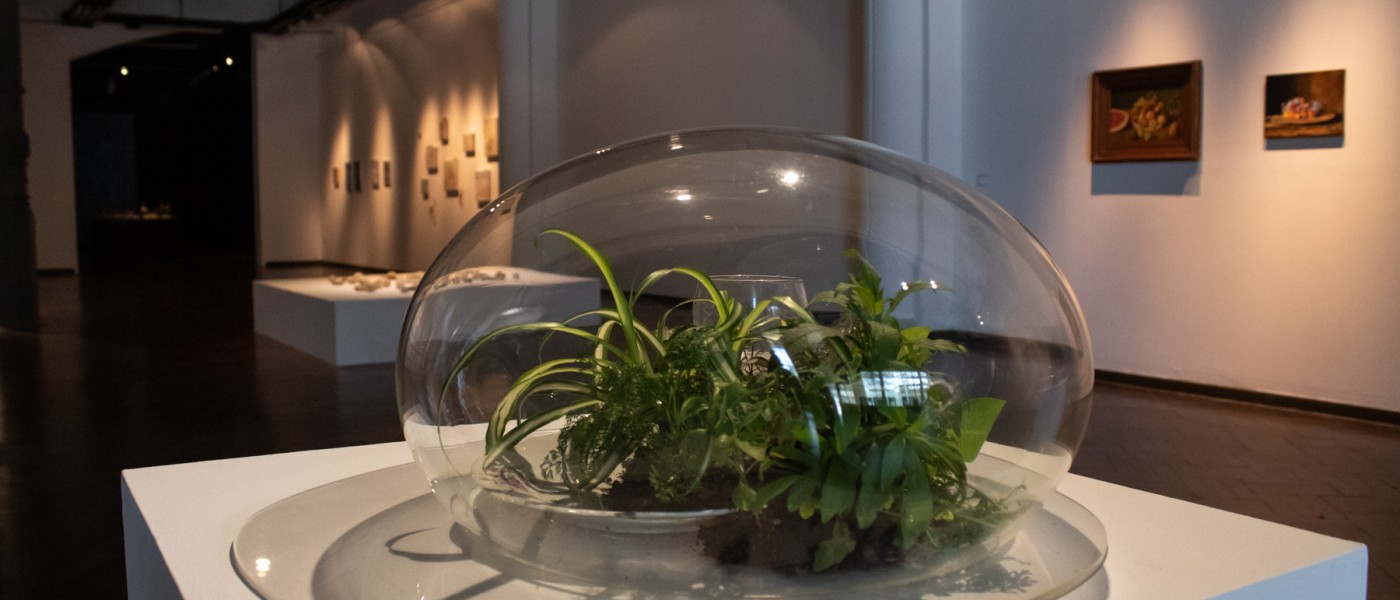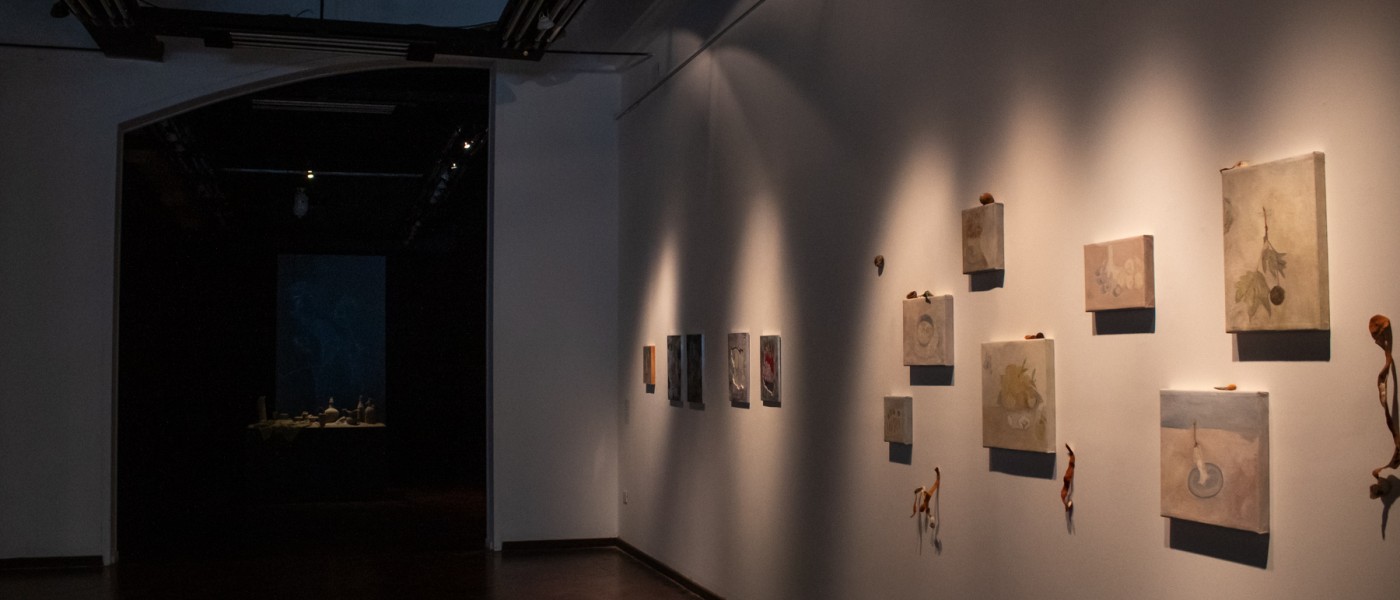Opening: Saturday August 26th 7.30pm
Painting, which forged the art of spatial representation, has also attempted to capture time. It is a mobile, changing, imperceptible, yet palpable matter, which has only just come to rest on painting in its less narrative and apparently more static genre. In still lifes, in the arrangement on the plane - usually a table - everyday objects create a compositional strangeness of everyday simulation. Fruits, vegetables, glasses, knives, crockery, and ornamental objects pose for the artist's gaze and construct, with very concrete shapes and colours, realities at rest intended for the eye.
Two still life paintings by Josefa Díaz y Clucellas initiate a drift on how time affects things. In addition to her religious life, Josefa was the first painter from Santa Fe. She devoted herself to the convent and to the delights of domestic life, which she sometimes immortalised in lavish still lifes. With a simple naturalistic approach, her paintings feature delicate compositions with fruits from her own garden. She arranged exuberant fruits on modest crockery, imbuing the paintings with a sense of sensuality in objects rather than a compositional study of the forms. Hence, their mysterious allure.
During modernism, the use of still life served a means of stripping painting of its narrative function, emphasizing forms and their compositions. In contrast, for Josefa, these arrangements were not merely artistic elaboration: they represented a state of spirituality within the everyday world. In the grace and gift of serving the fruits on simple dishes, she combined the delicacy of colours and details of things with the enduring presence of sacred and profane symbols. Naturalism is evident in her choice of fruits from her own garden and in her daily chores. The peaches and grapes on the vine next to the flower garden blend in seamlessly with a bunch of figs which, according to tradition, were grown at the far end of the garden.
These images prompt a contemplation of what time produces in objects that appear imperishable and unchanging. Starting with the depiction of delicious figs and fresh grapes in the paintings, contemporary artists seek to capture the materiality of time. On this occasion, Josefa's works serve not only as a pretext for an exploration of time but also of permanence, reflecting contemporary art's focus on everyday objects. It sees in them the potential to grasp such objects with the same temporality with which a fallen fruit returns to the earth.
The perpetuity of matter is not to be found in these works. Images are companions of time, existing within its confines. Amid the classicism of the imperishable, these pieces unveil the transformation from smooth surfaces to rough barks, from pearly sheens to dusty opacity, from the immobile and upright to a slow descend towards the sinking of the withered. In this transformation, not only do things reach a degraded condition through petrification, but also in the dissolution into inks and colours that can barely remain on the whiteness of a paper. This process is initiated by a laborious and unseen host life, which brings about estrangement in things, and even their disappearance.
Clarisa Appendino
Image: Sor Josefa Díaz y Clucellas, Frutas





